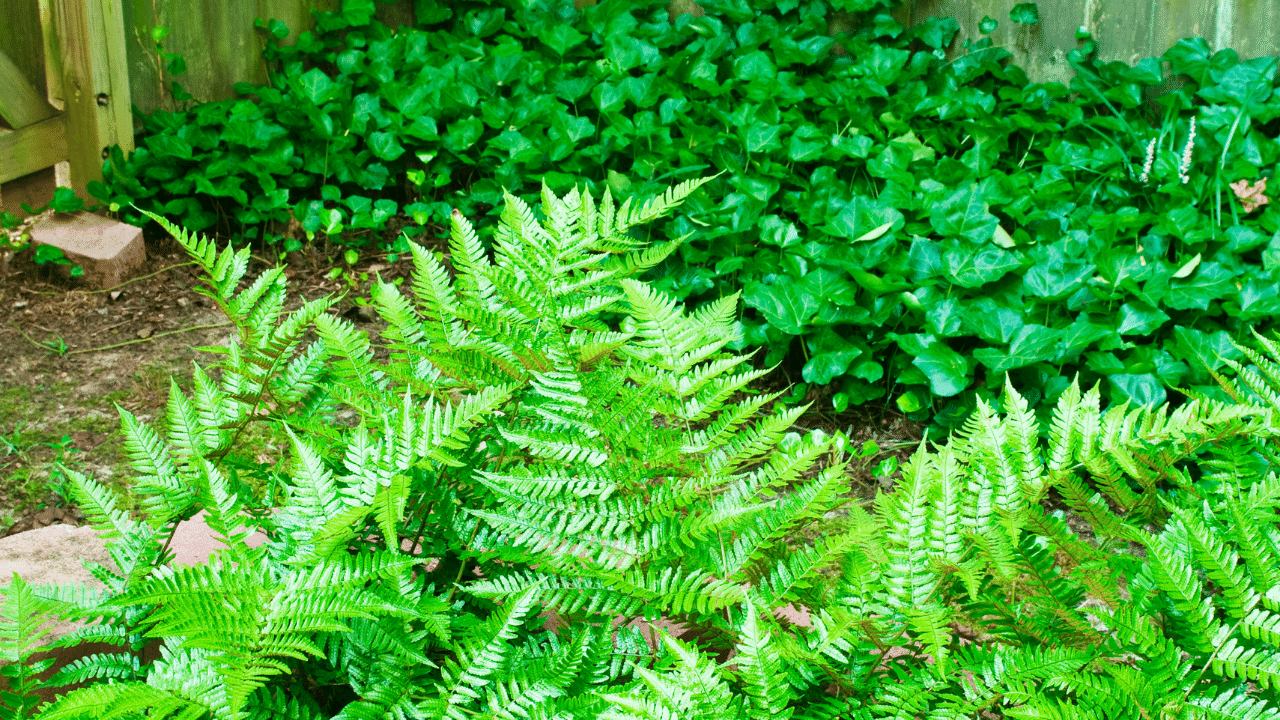Ferns are beautiful, graceful plants that can add a tropical flair to any indoor or outdoor space. While ferns may look delicate, they are actually quite resilient when cared for properly. Transplanting ferns is an easy process when done correctly and at the right time. This complete guide will walk you through when and how to transplant ferns successfully.
When is the Best Time to Transplant Ferns?
The ideal time to transplant established ferns is early spring, right before new growth emerges. Fall is another good option when ferns are going dormant Avoid transplanting during summer when ferns are actively growing. Transplanting during dormancy reduces transplant shock
Here are the best times to transplant ferns
-
Early spring – Just as fiddleheads emerge. Carefully dig up dormant ferns before new fragile growth appears.
-
Fall – After fronds die back and turn brown. Transplant before first frost when soil is still warm.
-
Avoid summer – Hot, dry conditions increase transplant shock. Wait until growth slows in fall.
Ferns grown in pots can be moved at any time, but they do best when they are dormant. Carefully remove from pot without disturbing roots before replanting.
Step-by-Step Guide to Transplanting Ferns
Follow these simple steps for successfully transplanting ferns:
Gather Supplies
- Sharp shovel or spade
- Gardening knife (optional)
- Watering can or hose
- Compost and mulch
Select Transplant Location
- Choose a shady spot with rich, moist soil. Most ferns prefer consistent humidity.
- Prepare new location in advance with compost tilled into soil.
Dig Up Fern
- Water fern thoroughly 1-2 days before digging.
- Dig wide circle around fern to get as much root ball as possible.
- Gently loosen soil and lift clump using roots, not fronds. Fronds will break easily.
Divide Root Ball
- Shake or brush off excess soil from roots.
- Using knife or hands, divide root ball into sections.
- Each section should have some foliage and healthy roots.
Plant Divisions
- Dig holes in new location as deep as root ball sections.
- Place root ball sections into holes and backfill with soil.
- Firm soil around roots and water thoroughly after planting.
Care for Transplanted Ferns
- Cover transplants with 2-4 inches of mulch to retain moisture.
- Water 1-2 times weekly while ferns establish for the first month.
- Avoid fertilizer initially which can burn new transplants.
- Cut back large fronds by 1/3 to reduce demand on roots.
How to Transplant Ferns from the Ground to a Pot
With the right potting mix and container, transplanting ferns from the garden to a pot is simple:
-
Select a container with drainage holes to prevent root rot. Shallow pots work well for shallow fern roots.
-
Use a quality potting mix like half potting soil, half peat or coconut coir to improve drainage.
-
Dig up fern clump as described above, keeping as much root ball intact as possible.
-
Put roots in the pot and fill it with mix, making sure it sticks to the roots. Leave 1 inch from rim.
-
Water thoroughly until excess drains from bottom. Let excess water drain fully.
-
Place in shady area, water often as pots dry out faster than in-ground.
Tips for Transplanting Large, Overgrown Ferns
Overgrown, overcrowded ferns often thrive after being divided and transplanted. Here are some tips:
-
Assess if fern is overgrown and needs room to grow. Signs are crowded fronds and congested roots.
-
Use a sharp, clean knife or shears to divide root mass into smaller sections.
-
Replant divisions in new containers or garden spaces with rich soil.
-
Water more frequently until the divisions establish new root systems.
-
Add compost or fertilizer to encourage new growth after transplanting.
-
Reduce frond quantity to match smaller root system. This encourages new growth.
Common Questions about Transplanting Ferns
Can you transplant wild ferns?
It is illegal to remove ferns from public land. Only transplant ferns you have purchased or those already growing on your private property.
What type of soil do transplanted ferns need?
Aim to recreate the native growing conditions ferns are accustomed to. Most like rich, humus-heavy soil with good drainage and consistent moisture. Adding compost helps establish transplants.
How often do transplanted ferns need to be watered?
Water transplanted ferns daily for the first week, then 2-3 times per week during the first month while new roots establish. After that, weekly watering is usually sufficient.
Should I fertilize newly transplanted ferns?
Avoid fertilizer immediately after transplanting. It can burn new root growth. After one month, begin regular fertilizing according to product instructions if needed to encourage healthy fronds.
Conclusion
Transplanting ferns is a great way to propagate new plants or invigorate overgrown specimens. Follow these tips on when to transplant ferns, how to carefully dig them up, divide root balls, and replant new divisions. With proper aftercare, transplanted ferns will flourish and enhance your garden for years to come.

When to Transplant Ferns
For moving ferns, late fall or early spring is the best time, when the plants are not actively growing. To transplant in the fall, wait until the fronds of deciduous species such as lady ferns turn brown.
For spring transplanting, look for the start of new growth. Youll see curled fiddleheads like these sprouting from the base of the plant.
To avoid transplant shock, the best times to move ferns are in the late afternoon, evening, or on a cloudy day.
Where to Get Ferns to Transplant
Ferns can be bought at garden centers and online, or you can get one from a friend’s garden or a plant swap in your area. You can also divide ferns from your garden, and replant part of it in another location.
However, DO NOT harvest ferns in the wild! Some species are protected or endangered, and taking them from their natural habitat is often illegal.
